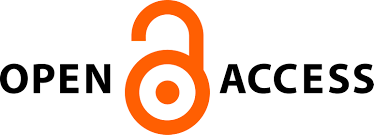The legitimation of public sector reforms – the case of Estonia
##plugins.themes.bootstrap3.article.main##
Abstract
There is a growing debate on the political legitimacy of government and its deficiency or even crisis but very little attention has been drawn to legitimation as the process of creating legitimacy. The article turns its focus to legitimation and analyses how the theoretical frameworks of F.W. Scharpf1 (input vs output legitimacy) and I. Blühdorn2 (subject-centred, abstract and performative legitimacy) help shed light upon two lengthy reform processes and the creation of legitimacy in Estonia. The basic decision-making rationales reflecting either NPM or network-based governance are also analysed throughout the legitimation process. The article shows how legitimation in Estonia mostly falls into the categories of output-oriented and abstract or performative legitimation with reflections of the prevalence of NPM. Many stakeholders are often seen as institutionally too weak to give their input to policies and in fear of unconstructive engagement, public servants prefer to legitimise ready-made policies. The article explains how legitimation could be seen as a governing tool to overcome these tendencies.
##plugins.themes.bootstrap3.article.details##

This work is licensed under a Creative Commons Attribution-NonCommercial-NoDerivatives 4.0 International License.




